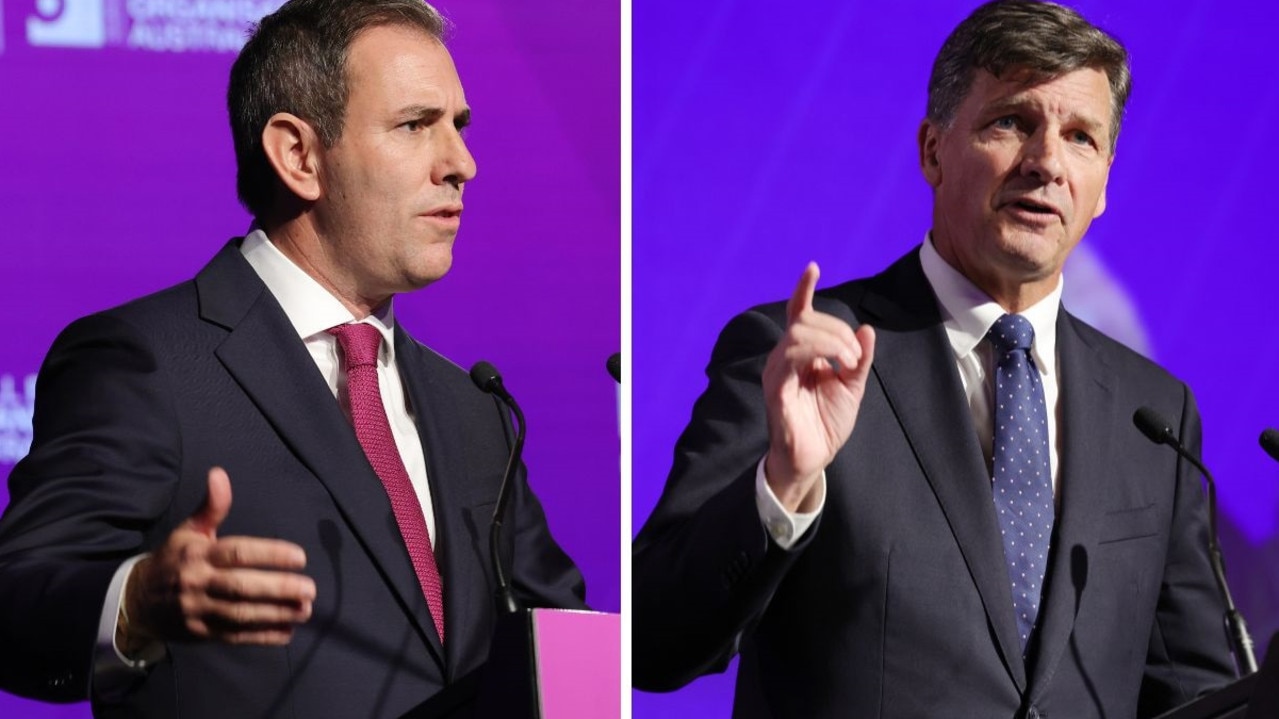Gender pay gap widens to 24.7 per cent
YOU think you’re on even terms with your colleagues? Think again. The person sitting next to you is probably earning 24 per cent more than you.

THREE months ago, ABS stats found the gender pay gap in Australia hit a 20-year high of 18.2 per cent. In other words, full-time working women were earning 18.2 per cent less than their male counterparts.
But today, the government’s Workplace Gender Equality Agency (WGEA) has come out with a sobering report that suggests women are even further behind in the workplace than we thought.
The report found that at the base salary level, the gender pay gap for full-timers was actually 19.9 per cent. But once you factored in bonuses, allowances and overtime, that gap widens to a shattering 24.7 per cent.
“This data shows that women don’t have the same opportunities as men to boost their earnings with discretionary pay,” WGEA director Helen Conway said. “Unfortunately, employers are not doing enough to address this issue. The data shows less than one in four employers has done a gender remuneration gap analysis to check for potential pay equity issues.
“Gender bias is likely to creep into pay decisions when employers have a loose approach to remuneration. This leads to unequal pay outcomes for women doing the same or comparable work as men.”
The WGEA’s report has collated from data supplied by Australian employers and is the first time the agency has released such a comprehensive picture.
The report found:
• Women make up 48.5 per cent of the workforce but only comprise of 35.8 per cent of full-time employees.
• Women account for only 26.1 per cent of the top three levels of management.
• Women make up only 17.3 per cent of chief executive positions.
• One-third of all employees have no women in key management positions while one-third of all organisations don’t have other executives or general managers who are female.
• Only 13.6 per cent of employers have a strategy for flexible working.
Ms Conway said: “There is now extensive evidence that shows women face clearly defined structural and cultural barriers in the workplace that make it harder for them to rise up the management ranks. This is a lost opportunity given it’s accepted diverse teams underpin an organisation’s ability to innovate, meet the needs of customers and effectively manage risk.”
The industries with the highest per cent of women managers in the upper ranks were administrative and support services, education and training, healthcare and social assistance, other services and retail.




